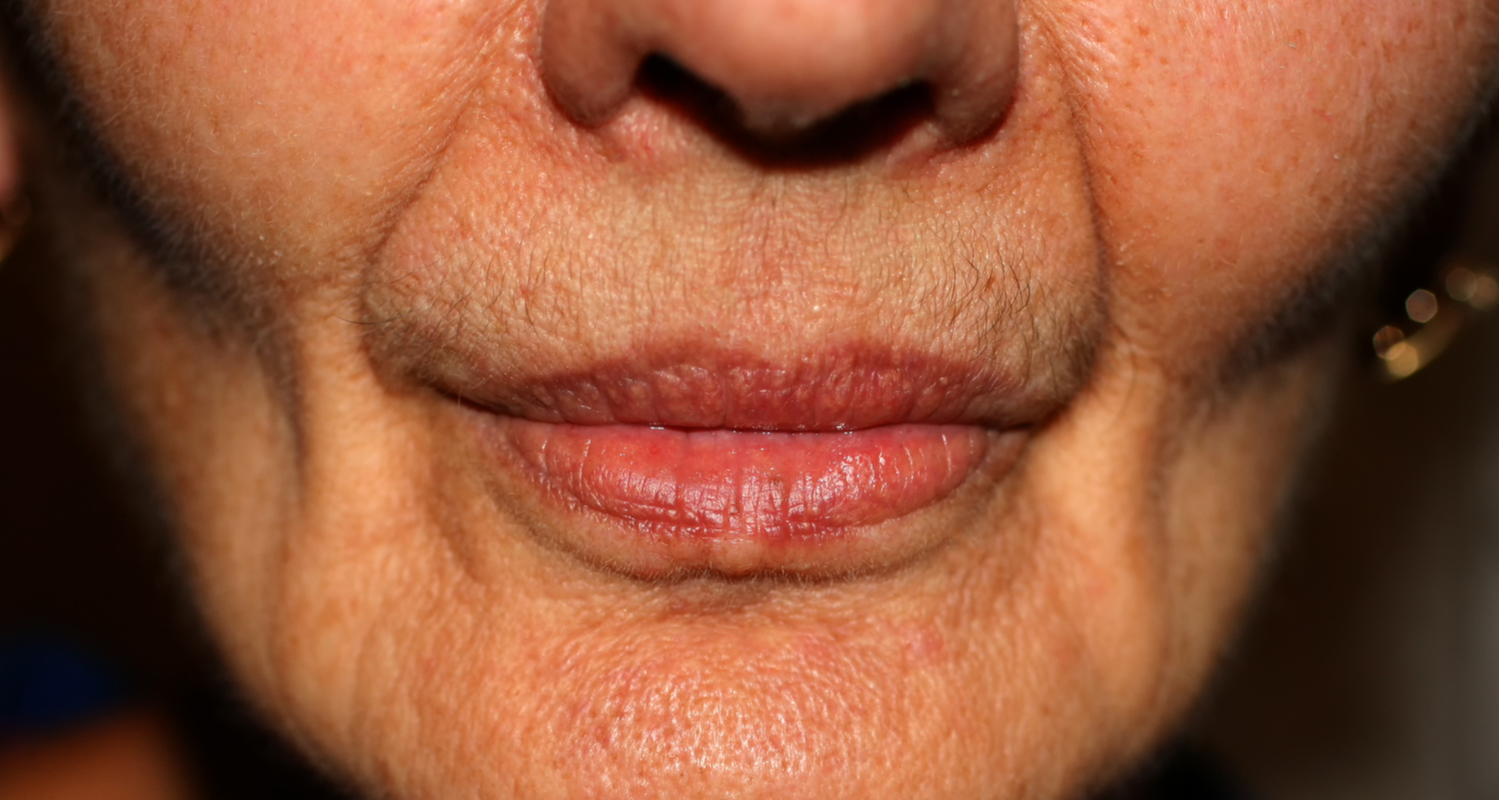
Cheek Augmentation
Aside from the eyes and nose, the cheek is the most prominent beauty signal on the face. The cheek is also a great indicator of youthfulness, as age tends to attenuate the strength of the malar and submalar (zygomatic) bones, leading to a gradual drop of the cheek, a condition which is exacerbated by the diminishing subcutaneous fat in the facial area.
Cheek augmentation surgery provides a great way to reverse this natural process as it is capable of contouring the cheek back to the way it looks during a patient’s glory days – or even better. In addition, the procedure is equally useful for people born with small or excessively large cheek bones.
Depending on individual patients, cheek augmentation can be performed using any one of the following three procedures:
- Implants: A solid implant made from materials such as hydroxyapatite and silicone is physically inserted in the malar and submalar regions. Such implants can be removed or replaced at a future date as the cheek continues to age and new contouring are required. When performed on its own, the implants can be inserted using incisions made inside the mouth on the corner of the gum’s ceiling. When performed with other cosmetic procedures, the implants can be inserted through nearby incisions (such as on the lower eyelids).
- Dermal Fillers: Dermal fillers, either using the patient’s own fat tissues or artificially manufactured solutions such as Radiesse and Scluptra, are injected into the cheeks to mimic the effect of the subcutaneous fat.
- Sculpting: This is a permanent procedure which entails cutting and sculpting the patient’s cheek bone, or inserting a bone graft.
Post-Surgery Care
The procedure normally takes less than two hours to complete. For dermal filler injections, the procedure can be completed in as little as half an hour. The stitching on the incision can be removed after ten days. It will take the same amount of time if dissolvable stitches are used. The source location of any fat tissues used will heal even quicker.
Risks
The risk of infection is very low, but extended bleeding (over a day) is quite common. Perhaps the most serious risk is the body rejecting the implants, which is very rare, and can be treated effectively with surgical intervention.
